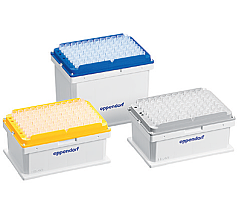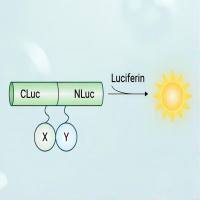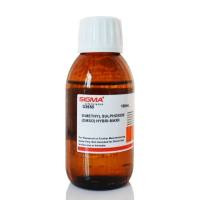In the emerging field of super-resolution microscopy, the branch of live-cell imaging is still in its infancy. Regardless of its importance for addressing relevant biological questions, live super-resolution imaging has to face several obstacles when compared to conventional imaging: (1) speeding up the naturally slow image acquisition process, (2) choosing appropriate fluorophores (both in terms of photostability and spectral properties), and (3) handling increased illumination intensities (as usually higher intensities are needed for live imaging at adequate frequencies compared to fixed-cell imaging). In this chapter, we review recent progress made with stimulated emission depletion (STED) microscopy in imaging single synaptic vesicles at video-rate and discuss the technical difficulties that were to overcome. We give a brief overview on the use of conventional fusion proteins as live-cell markers for STED microscopy (such as the green fluorescent protein, GFP, and its derivates) as well as on new labeling techniques for live-cell STED imaging (SNAP-, CLIP-, and HaLo-tags). Besides STED microscopy also other super-resolution approaches have performed imaging of living cells in the past couple of years. Here, the progress of structured illumination microscopy (SIM) and single-molecule detection approaches, such as STORM and (F)PALM, are also discussed.






